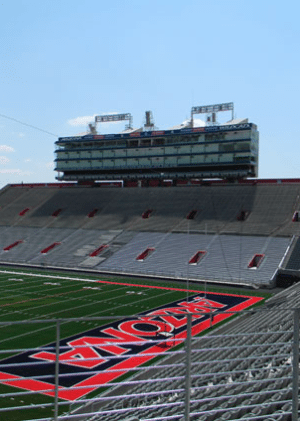
Fullerton’s staff of architects and engineers provides expert architectural engineering consultation to clients while maintaining a leadership role during the design and construction phases of all projects. Service offerings include: survey site for conceptual consulting and planning; review of applicable codes, regulations and ordinances; create initial review documents such as lease exhibits; develop professional photo simulations; coordinate and manage field mock-ups and balloon testing; assist in regulatory approvals from federal and state agencies; design final zoning documents and in some instances coordinate full submittal process; attend zoning hearings and provide expert testimony; and more.
Vice President Frank DiVito said that for the last few years, Fullerton also has formed strong divisions within the DAS, IDAS and ODAS fields.
“In the industry you’ve seen a convergence of wireless and wireline, so I think we’re one of the few companies that is uniquely positioned with the skill sets to assist our clients in both areas, particularly in small cells,” DiVito said. “They’re finally here—we’ve heard about them for so long.”

One challenge, according to DiVito, is getting the infrastructure in place for 5G and helping different jurisdictions understand the new technology.
“We’re seeing a lot more when it comes to concealment, which will continue to be a key driver.”
Additionally, Fullerton is proud to have been a part of DAS projects in NFL stadiums including Soldier Field, airports and college campuses. Fullerton also did the DAS system for the NFL draft in Chicago the past two years.
Looking forward, DiVito said he thinks there will be a continued influx of small cell projects across the country. He also predicts an uptick in enterprise projects on the DAS side.
“I think macro is definitely not dead, although there’s been a pull back in capital expenditures the past couple of years,” he said. “There’s a light at the end of that tunnel, and carriers will be continuing to look at their networks. Most importantly for us, we’re anxious to see the opportunities it may bring. For us it’s really diving in with smart cities; we can be a key player in the development of infrastructure for a city. I’m very excited.”
For more information, visit http://www.fullertonengineering.com/.
By Alyssa Stahr




Reader Interactions